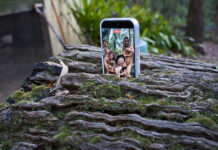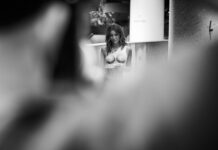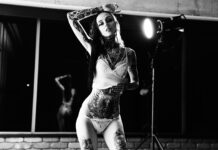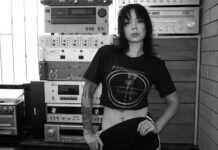For this second part of my “Becoming a Photographer” series, I was going to try to cover everything from after attending the portfolio builder workshop until the day I was made redundant from my last IT job. This all happens within a year and a lot happened so it’ll have to be in parts.
Please click here to read part 1!
If you would like to support me while I take the time to write this story and other types of blog posts, please consider purchasing my LR Presets, C1 Styles or PS Actions, following the links below:
Disclaimer: one thing you’ll notice in all photos from this period is how “over retouched” they are compared with my current style. The reason for that is simple: I learned how to retouch BEFORE I shot with my first model and I was trying to be popular, so I was doing the popular thing.
Finding models to practice with

Now I had a “portfolio” to show for (from that portfolio builder) so it was time to find models to work with so I could try all the things I’ve been learning. Also, creating a network of other creatives goes a long way.
I couldn’t really add to this story every single model and shoot I did, it would take a long time and you would get tired of it so I’ll focus on the “how” more than the “what”.
Brisbane Models & other Facebook modelling groups

As I was already a member of Brisbane Models and a few other groups on Facebook, I started posting looking for TFP models to walk around the city taking photos.
These groups are filled with creatives in different levels and it’s a great way to find likeminded people to work with. Just beware not all the advice you’ll find there is worth taking into consideration. Same goes for learning photography on YouTube.
TFP (Time For Print) is a collaboration where creatives get together to create images for their portfolios. I thought it was a great and smart way to start and I did make the most out of it, but I don’t advise people to start out like this. If you want to be a photographer, start by hiring some experienced models for your first shoots: that will give you more time to play with your settings and try the things you don’t really know how to do and also you don’t have the pressure of having to come back with something good to give to the model, who gave you her/his time in exchange for good photos. Once you are more comfortable with the quality you are able to create, then go and do a few TFP shoots. But remember: if everyone is doing for free, how do you expect to ever get paid?
Here’s a small collection of photos (there’s a bit more to read after the gallery) from the first shoots I organised with models, in no particular order (most of them had just myself and the models, a few had more people involved):












































One great thing about this time: I made some amazing new friends!
Things not in this post
Some things that happened during this time are not in this post. The next few posts will be about them, one by one, because I believe they are worth talking about a bit more, so I can try to explain what I learned from them.
A few of them are:
- Excuses;
- Finding a photographer you admire and making sure you attend their workshops (in my case, that’s Peter Coulson);
- Hunter Creative – a Facebook thingy that has a few pros and lots of cons (and that’s why I haven’t done it again);
- Shoots with a big team (getting together with more than just the model – working with HMUAs, designers, etc);
- Networking events.





